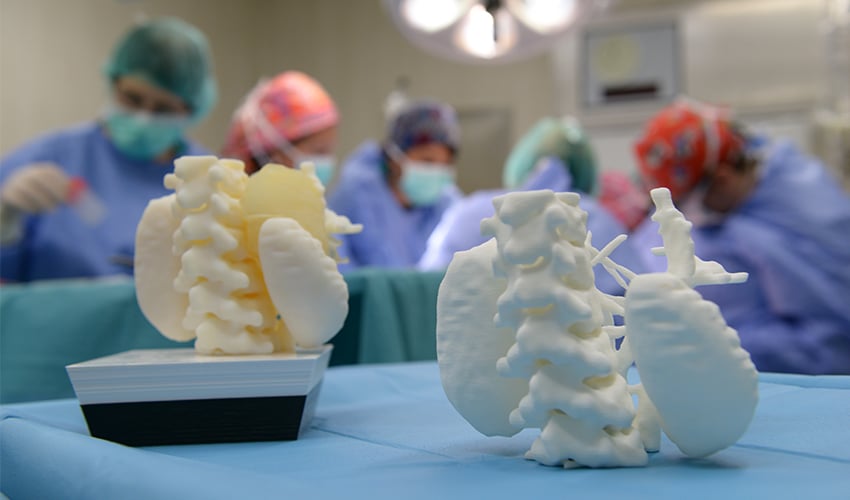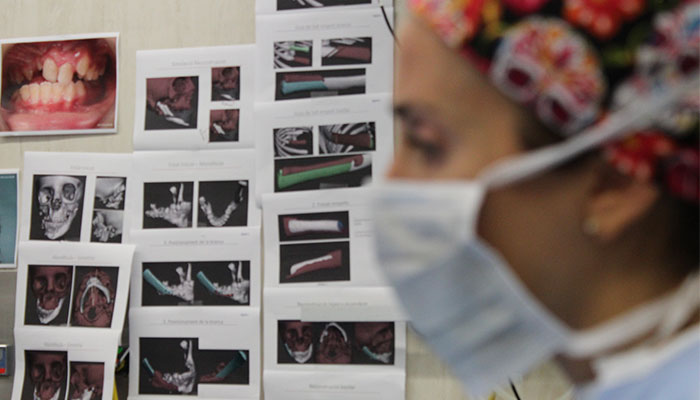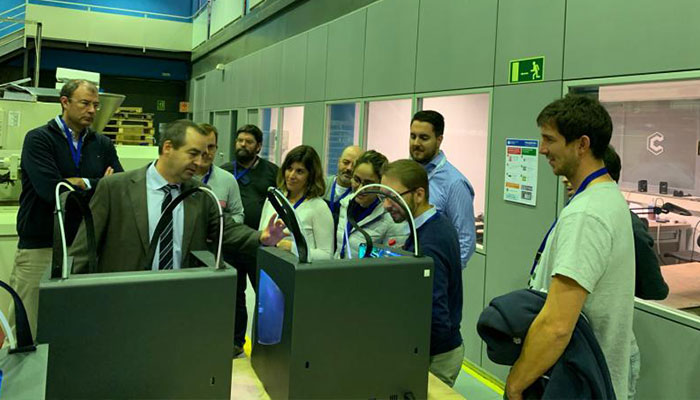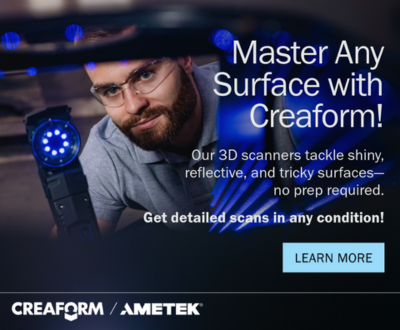Expert 3D: medical imaging training combines artificial intelligence and 3D printing

Additive manufacturing has a key role to play in the medical sector, whether for surgery, dentistry, orthopaedics, etc. It must be said that it offers many benefits to doctors, who, using this technology, are able adapt devices to patients, offering them a solution that is as close as possible to patients’ needs. The private hospital Sant Joan de Déu in Spain, is a good example of using additive manufacturing successfully in the medical sector. For this reason, it has launched a training for doctors, engineers and technicians, combining artificial intelligence and 3D printing, called Expert 3D. It enables healthcare professionals and people with technical knowledge, interested in health applications to acquire skills in additive manufacturing, medical imaging and AI, so that they can take full advantage of their benefits.
The training offer includes several theoretical modules dedicated to the main aspects such as innovation in image and health, medical imaging, 3D imaging and printing, bioprinting, artificial intelligence and radiomics. The aim is to provide healthcare professionals involved in the post-processing of medical imaging, whether in the clinical or health field or from engineering, with the theoretical and practical knowledge they need to use new imaging technologies for diagnostic purposes. This course was born out of an unprecedented observation, according to the team behind Expert 3D: “We identified the existing gap between technical and clinical knowledge, between medical specialties and engineering, and the need for new courses to form mixed profiles capable of understanding both sides, analysing problems and developing solutions to existing and possibly unmet needs with these new technologies. We did not find solutions that really met this need, which is why we created Expert 3D.”

The training offers online resources
The importance of new technologies in medical imaging
Today, the various medical imaging techniques make it possible to visualise a patient’s anatomy, metabolism and physiology. However, the rise of additive manufacturing in the medical sector has made it possible to move from virtual to reality: it is now possible to print an anatomical model before going to the operating theatre, for example, or to create a physical model of a tumour, or to design tools to support surgery in order to understand it better. Today’s technologies are more precise, more realistic, and offer better visualisation of the human body. They make it possible to reduce surgery times but also to improve the learning phase for new medical students.
However, many doctors do not yet know the full potential of additive manufacturing. In addition to the change it is representing in operating rooms and surgery planning, other innovations are being developed that impact on the medical imaging and health ecosystem. The bioprinting or quantification of imaging is a clear example. Arnau Valls, one of the directors of Expert 3D, explains: “The professionals of the future will need new skills to adapt to the new working model and continuing education will be essential in our lives. This is why it is essential to know the possibilities of these new technologies and how to use them.“
The training offered by Expert 3D also focuses on artificial intelligence, a technology which is slower to be adopted in hospitals, but which proves to be very useful for automating processes. By combining AI and 3D printing, doctors will be able to provide better care, find tailor-made solutions quickly and improve diagnosis in general.

3D printing helps health professionals in their day-to-day operations
Expert 3D facilitates the transition to personalised medicine
In 2019, the training was launched in Barcelona and Coimbra in Portugal for 65 students of 11 different nationalities – mainly engineers, surgeons and imaging professionals. The results are already remarkable, and several of the students’ centres have started to apply their knowledge: for example, in Coimbra Hospital (CHUC) they planned their first cases of 3D oncological surgery, and in Uruguay Hospital they created a 3D unit of the radiology service. Arnau Valls adds: “The student profile is transversal, our training is aimed at all types of clinical profiles (radiologists, imaging technicians, surgeons, doctors interested in these technologies, etc.) as well as technicians (biomedical engineers, industrial engineers, telecommunications engineers, bioinformaticians, designers, etc.) interested in the clinical application of additive manufacturing, AI and radiomics. Knowing the added value of these technologies and being able to directly apply this knowledge in the daily life of hospitals or research centres from the time the course is completed are the objectives we set.“
Expert 3D should therefore enable a better understanding of medical imaging and thus improve tomorrow’s medicine by moving towards hyper-customisation of medical treatments and devices. The next courses will be held in Barcelona, Naples, Heidelberg and Riga and will begin in a few days, virtually, maintaining the format of theoretical and practical classes where, through real cases, students will work with post-processing tools of the image of the future. This year you can find all the dates and more on prices HERE.

The first courses gathered 65 students from all over the world
Will you be signing up to Expert 3D’s online course? Let us know in a comment down below or on our Facebook and Twitter pages! Don’t forget to sign up for our free weekly Newsletter, with all the latest news in 3D printing delivered straight to your inbox!






